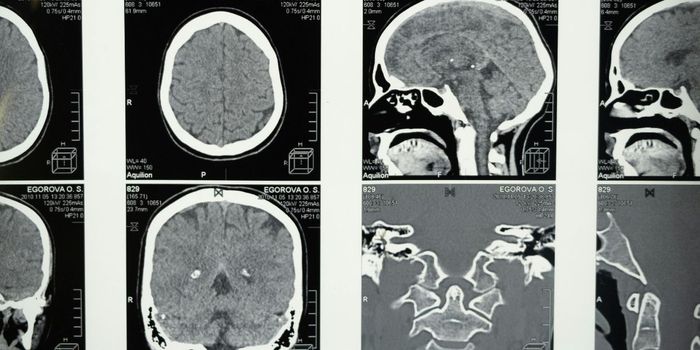How a person remembers something, that is, how that memory is created in the brain, is a complex process. While simple descriptors sometimes help, “The man wore a yellow hat” or “The woman had a black suitcase with her” new research from Johns Hopkins shows that strong visual memories of something are created quicker and last longer if that object moves. The brain needs more than just colors, shapes or objects and movement seems to be important in how well someone remembers something.

There have been many studies of memory, from facial recognition studies to word recollection, but no has looked at whether or not seeing an object move, for instance a soccer player running up the field or a dancer on a stage, improves or impacts how well a person remembers it. The team at Johns Hopkins however, has linked long term visual memory to the movement of an object. When we see a soccer ball, it’s just that, a ball. If we see a player kicking the ball, notice how it bounces and rolls and see it sailing toward a goal, that memory becomes stronger and more likely to be retained in the brain.
That’s because the movement gives the brain more data. The object can be seen at different angles, with more or less light and that data is used to created a memory. Study co-author Jonathan Flombaum, an assistant professor at the Department of Psychological and Brain Sciences at the university explained, “The way I look is only a small part of how you know who I am. If you see me move across a room, you're getting data about how I look from different distances and in different lighting and from different angles. Will this help you recognize me later? No one has ever asked that question. We find that the answer is yes."
Scientists already know that the human brain is very good at remembering objects, even when that object may only have been seen once. This led the team at Johns Hopkins to wonder if remembering something had more do with our “core knowledge” of the world and a basic understanding of physics that is inborn. In a sense, our expectations of how something works impacts how well we will remember it.
The study was conducted by showing volunteers videos of an object moving. The video clips were sometimes of an object moving across the screen in a normal way and sometimes of an object that appeared on one side of the screen and then reappeared inexplicably on the other side. After that, memory tests were given. In every experiment, subjects had significantly better memories of the objects that had behaved in an expected way. Mark Schurgin, a graduate student in Flombaum's Visual Thinking Lab, and study co-author stated, “Your brain has certain automatic rules for how it expects things in the world to behave. It turns out, these rules affect your memory for what you see.”
Schurgin and Flombaum hope that their study can be used to create algorithms and other models that will enhance machine learning. While computers are an invaluable tool in today’s world, it turns out that the human brain can outperform any machine in recognizing objects and forming more complete memories. The study was published this month in the Journal of Experimental Psychology: General. Take a look at the video below to see more about memory and movement and see if you can pass the memory test.









